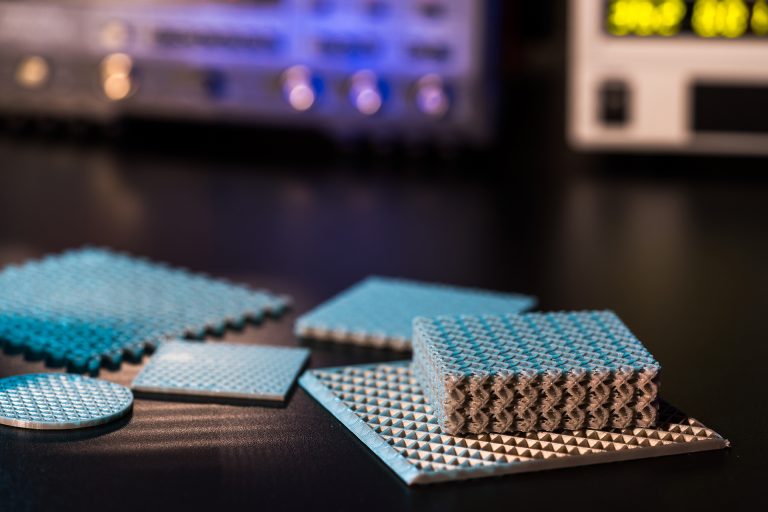It looks like the world is getting even more meta than it already is. According to a new study, researchers have managed to create a “metamaterial” that can make its own decisions. The researchers say the new material can sense, make decisions, and act on those decisions. As a result, this type of metamaterial could respond to changes in its environment in real-time, and revolution multiple industries.
Scientists made a new metamaterial that responds in real time

The possible uses for this kind of metamaterial are almost limitless, researchers believe. For instance, a robot made of the new metamaterial could be sent into an environment with weather changes. The material would be able to sense the changes and respond to them in tandem.
Guoliang Huang says that the design of the metamaterial incorporates three primary functions—sensing, processing information, and movement. Huang is a professor of engineering at the University of Missouri and a co-author of the study. The mechanics are built based on natural materials, like the jaws of the Venus flytrap, chameleons, or even pinecones. Moreover, these natural materials can sense changes in the environment to them. They can then respond to
“Basically, we are controlling how this material responds to changes in external stimuli found in its surroundings,” Huang explained (via WeForum).
How the material responds to the world around it

The metamaterial responds to the environment around it using a computer chip. Essentially, the chip is responsible for processing the information that the material detects. Afterward, the chip sends the information out to the rest of the material so that it can perform the needed response.
One example that Huang offered is using the material in the aerospace industry. “We can apply this material to stealth technology in the aerospace industry by attaching the material to aerospace structures,” he explained. “It can help control and decrease noises coming from the aircraft, such as engine vibrations, which can increase its multifunctional capabilities.”
The next step from here is to start implanting the metamaterial into environments in the real world. Of course, that will take time, but if they can iron out any issues and get it working well, this metamaterial could open a lot of doors for many industries out there.








